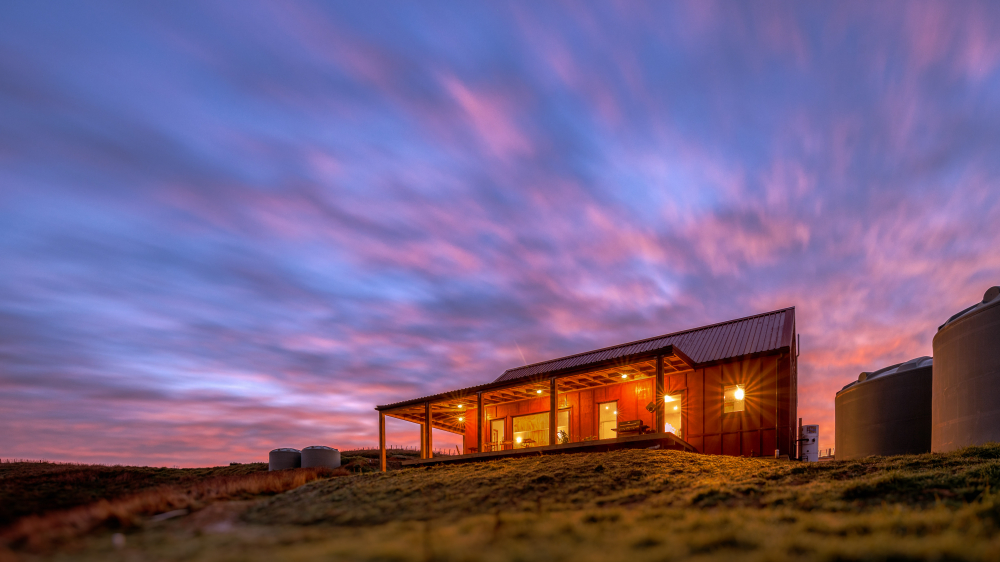Monday, 27 September 2021 Case Studies
Our Active Role In A Passive Home
Our Active Role In A Passive Home
Who: Joe Lyth, Respond Architects
Products: 4x 25000L XPRESS Water Tanks and 2x Fire Service Outlet Kits
Where: Lower Saddle House, Tahekeroa, Auckland.
Why: Lower Saddle House is a new home designed to Passive house Certification requirements, overlooking the settlement of Tahekeroa, 50 kilometres north of Auckland. Homes designed to Passive House Certification reduce the energy needed for mechanical cooling and heating and provide constant ventilation to achieve a heathy interior. In the case of this home, designed by Joe Lyth of Respond Architects, this is achieved by good house orientation on the site to optimise solar gain, continuous and site-specific levels of insulation as well as features like high specification triple glazed windows and shading that both mitigate solar gains in the summer and allow them in during the winter months, and a balanced, fully ducted ventilation system with heat recovery to ensure constant ventilation while minimising heating loss. In keeping with the eco-friendly nature of Lower Saddle House, we were asked to supply rainwater tanks to create an even more sustainable home.
What: Water was required for household purposes as well as for firefighting, should the need ever arise. With this in mind, we supplied 4 x 25, 000 litre Xpress Water Tanks and 2 x Promax Fire Service Outlet Kits. This might sound like a lot of water storage for a single storey home, but with our changing climate, and a growing family, the tanks were installed with the future in mind.
Promax tanks might not be mandatory features of Passive house Certification, but they do fit in with the goals of this type of design: sustainability, the capture and use of natural resources, and a greater degree of self-reliance.
Polyethylene (Poly) is non-corrosive tank material designed for long life. Polyethylene will not rust or suffer from corrosion as metal and concrete will during their service life.
The rotational moulding industry is one of the few industries that have a comprehensive standard that covers both the raw materials used, and the manufacturing and workmanship of the completed water tanks.
Polyethylene tanks can also be recycled at the end of their service life. While recycled plastic cannot be made into water tanks due to potable water regulations, there are many other product applications for recycled plastic.
As Joe Lyth says:
“While Passive House Certification is primarily concerned with energy use, meaning water supply doesn’t have any bearing on the results, in the wider context having rainwater tanks future proofs homes. Rainwater tanks ensure they have capacity for an onsite water supply whatever the weather does.”
We couldn’t put it any better ourselves!

